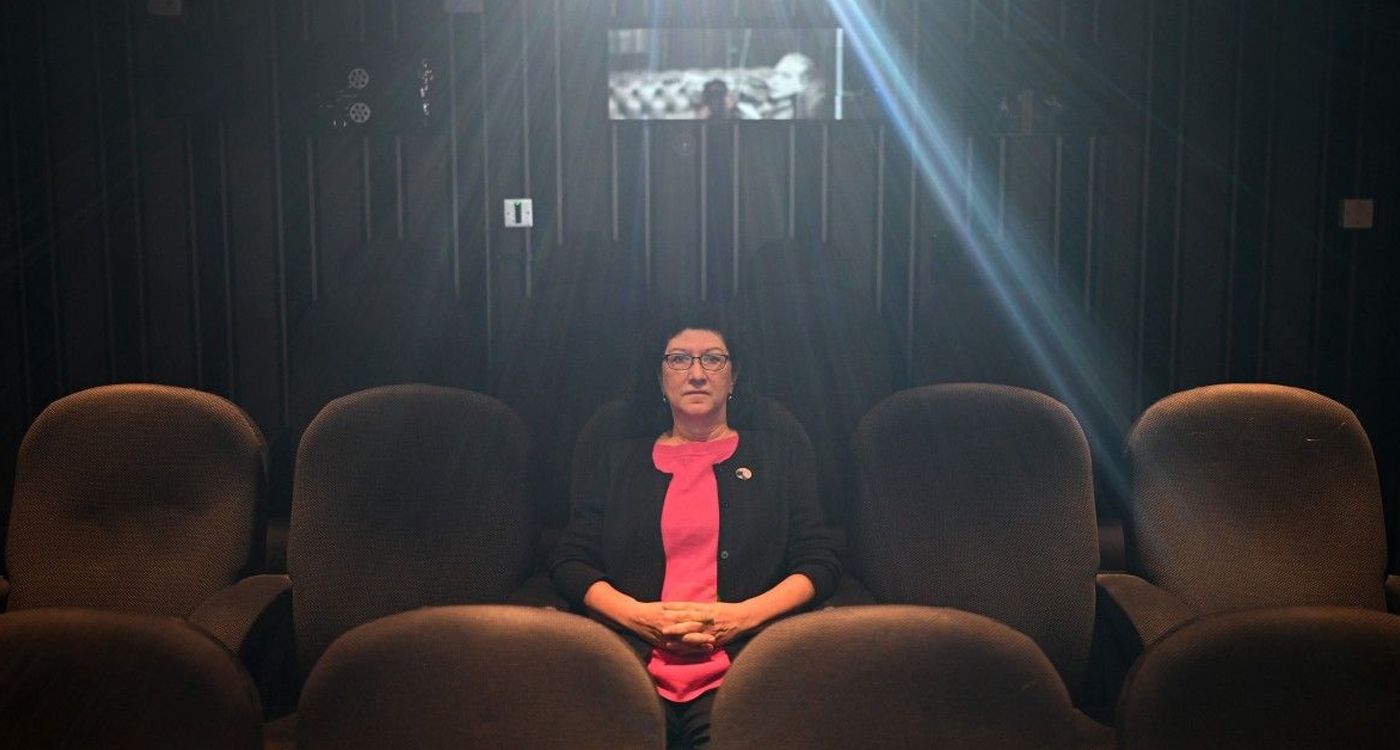
A century after their creation, silent films depicting the adventures of the world's most famous London detective, Sherlock Holmes, have been restored and are set to be showcased from mid-October.
Fans of Sherlock Holmes are in for a treat: silent films about the adventures of London's most celebrated detective have been restored a century after their creation and are scheduled for release starting mid-October. In the 45 episodes of The Adventures of Sherlock Holmes and two restored feature films, the detective is portrayed by Eille Norwood, a cinema celebrity of that era.
He was Arthur Conan Doyle's (1859-1930) favorite on-screen Sherlock. The character's creator had indeed approved these adaptations, produced in 1921-1923 by the British film company Stoll Pictures.
Since then, Sherlock Holmes has been adapted hundreds of times for both the big and small screens. According to the Guinness Book of Records, he is the most portrayed literary character in the history of cinema and television, famously played by Robert Downey Jr and Benedict Cumberbatch. "But there is a level of authenticity in the character (played by Eille Norwood) that is not found in later Sherlocks," says Bryony Dixon, curator for silent films at the British Film Institute (BFI), who led the project.
The public will get their first glimpse of the restored works during a screening on October 16 at the London Film Festival, accompanied by a concert from the Royal Academy of Music. The films will subsequently be released on DVD and Blu-Ray.
‘Eternally Popular’
The restoration represented years of work for the dedicated BFI team. "These are the last silent works depicting Sherlock to be restored," explains Bryony Dixon. Fans were "eager," she continues, as she walked through the BFI archives in Berkhamsted, northwest of London. "Sherlock Holmes remains incredibly popular worldwide. As they say, you could write 'Sherlock Holmes' on a cardboard box and sell it."
The restoration of over 20 hours of footage began in 2019 in the extensive archives of the BFI. Located in a former farm, the depot houses hundreds of thousands of film reels dating back decades, stacked on high shelves in refrigerated vaults. Old nitrate film sequences are kept at an even colder site in the west of England but are brought to Berkhamsted for restoration. Restorers in white coats spent months meticulously checking and cleaning original negatives and copies. Some were damaged, requiring repairs. "Despite all the damage, the condition of the reels was quite good," says Kirsty Shanks, chief curator. Old reels can decompose. Many nitrate prints of Sherlock were moldy, fragile and brittle, necessitating laborious manual cleaning. Another challenge was dealing with negatives that arrived in sections rather than complete reels.
Hundreds of Hours
Ben Thompson spent hundreds of hours in a windowless room working on this project, deep down a corridor adorned with posters of old films and vintage cinematic equipment. He ensured that the new digital version matched the original images in texture and black and white tones. He focused particularly on the beginnings and ends of the reels, often damaged from past use. "Sometimes, automated tools do most of the work, and it's at the beginning and end of the reel where there's real manual labor," he explained.
Ben Thompson spent days on a single 10-second opening shot showing Baker Street, where Sherlock lived. By contrast, some mid-reel scenes only required a few minutes of restoration. For curator Kirsty Shanks, "it's something very special to work on these films that have existed for a century." This restoration project was the "most challenging" of her career, but also one of the most rewarding.
With AFP




Comments